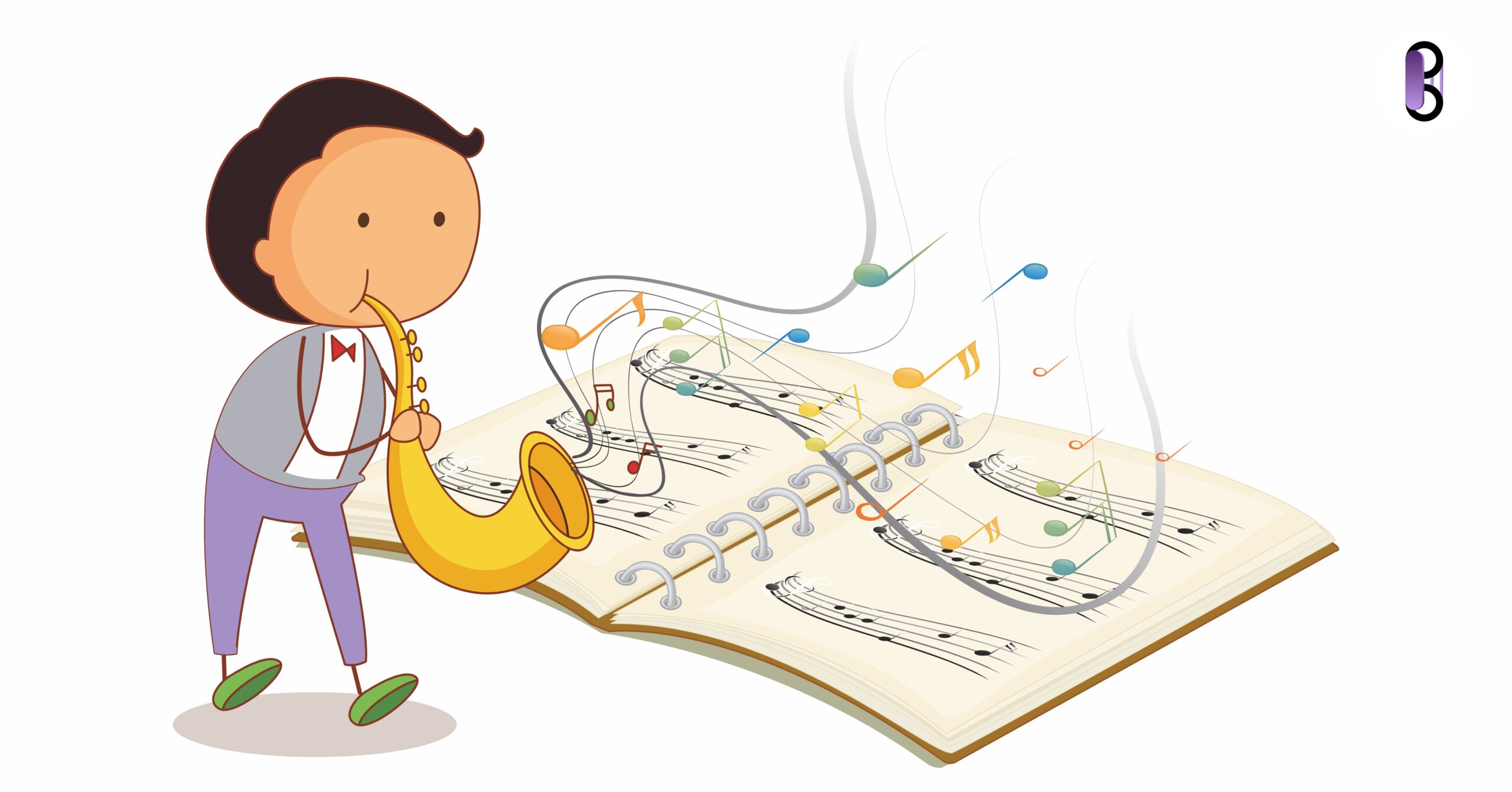Learning music is skillful, demanding, and creative. Understanding the nuances and intricate details of every note, pick-up, and tone takes a lot of hard work and concentration. Very effective pickup notes or pickup phrases in music don’t get enough recognition. When a pickup is executed well, it may act as the ideal intro and establish the framework for a song. Yet, what really is a pickup?
In music and poetry, a pickup, sometimes referred to as an anacrusis, comes before the first powerful or downbeat line in the opening phrase and functions as a mini-introduction.
The Greek word anákrousis, which literally means to push up, is whence the name anacrusis originates. It comes before the first bar in songs, which is sometimes referred to as the song’s initial measure or melodic phrase.
What Are Pickup Notes?
Pickup notes are only a symptom of the fact that many melodies begin between two downbeats rather than on one of the intuitive downbeats. You may always rework this music if the notation bothers you by adding a lot of pauses before the pickup note to make the first bar a full bar.
Before to the initial downbeat of a measure, there is a pickup note, sometimes referred to as an anacrusis or upbeat. It begins a musical phrase or sets the speed and rhythm of a piece of music. Pickup notes add a sense of expectation and forward motion to a song or piece of music, giving it a more organic, flowing feel.
For instance, the opening three notes of “Happy Birthday” (“hap-“) is followed by the first measure of “py.” The pickup notes assist create the speed and rhythm and prepare the ground for the melody that will come next.
How Does A Pickup Note Work?
The pickup note is sometimes shorter in length than the notes that follow it and is usually performed or sung on a weak beat (such as the final beat of the preceding measure). Creating a sensation of forward motion is intended to draw the listener’s ear to the downbeat and the start of the phrase.
Depending on the type and setting of the song, you may change the length, rhythm, and pitch. You can be utilized in pop, rock, and classical music, among other genres.
A pickup bar can be more relaxed while still adhering to the rhythmic guidelines established for the remainder of the song. A normal bar must adhere to certain rigid criteria.
Many ornaments are often used in vocal and instrumental pickup phrases to emote the listener.
Pickup notes and measures also provide songwriters a great deal more artistic leeway when it comes to the rhythmic organization of a song. We would miss out on a lot of the beauty if all songs were only allowed to begin on the downbeat.
How Do You Complete A Pickup Measure
A pickup measure (an anacrusis or incomplete measure) starts with one or more half beats. A piece of music is often introduced with music that has a straightforward time signature, such 4/4 or 3/4.
By adding the incomplete beat or beats at the start of the measure to the final standard, it may be measured and finished. This results in a multiple of the time signature being represented by the total number of beats in the song.
The final standard will feature three beats rather than four for a piece of music in 4/4 time that begins with a pickup measure of one beat. The three beats in the previous attempt are multiplied by one second from the pickup measure to get a total duration of four seconds.
The pickup measure must be finished in order for the music to be in perfect time and conform to the time signature.
If you are enthusiastic about music, pursuing a degree in music may be a wonderful and enjoyable experience.
We hope that by now you have a clearer grasp of pickup measures, which are extremely widespread. Keep in mind that you should always start by examining your time signature, which indicates how many beats (or pulses, if you are in compound time) will be in each full measure. In this manner, it will be obvious to you which step is incomplete.


